Photoelectric Sensors (2022 Buyer's Guide)
Photoelectric sensors use light for object detection. Largely used in manufacturing, photoelectric sensors are extremely helpful. Learn everything there is to know about photoelectric sensors, from what a photoelectric sensor is to what it does, how they’re used, different types, and more!
What are Photoelectric Sensors?
Photoelectric sensors are devices that utilize light to determine characteristics such as object detection or distance. This is accomplished by pairing a light transmitter with a receiver. Typically, the light transmitter is infrared (IR) while the receiver is photoelectric - that means electrons are emitted by electromagnetic radiation like light comes into contact with a material. So the IR transmitter sends out a beam of light that hits the receiver and emits electrons.
What is a photoelectric sensor: A photoelectric sensor uses light transmission to monitor characteristics such as object detection and distance.
What Does a Photoelectric Sensor Do?
A photoelectric sensor employs light transmission and reception to detect the presence, or absence, of an object as well as distance. It consists of two main components: a transmitter and a receiver. The transmitter sends out a light signal that makes contact with a receiver. Thus, light is used for object presence or absence detection and determining distance.
What does a photoelectric sensor do: A photoelectric sensor transmits light (generally infrared) which is read by a receiver. Light making contact with an object determines the presence or absence of an object and distance.
/img_Guide%20Photoelectric%20sensors%202022%402x.jpg)
What are the Types of Photoelectric Sensors?
There are several different types of photoelectric sensors:
Through-beam photoelectric sensors: A through-beam, or opposed photoelectric sensor features a receiver that’s situated within the line-of-sight of a transmitter. A beam of light is transmitted and when the beam is blocked from making contact with the receiver, an object is therefore detected.
Proximity-sensing: Diffused, or proximity-sensing photoelectric sensors consist of a transmitter and receiver that relies on light reflected off of an object to reach the receiver. So a beam of light is shot out and only makes contact with an object.
Retroreflective: A retroreflective photoelectric places the transmitter and receiver in the same location such that light bounces off of a reflector back to the receiver. When an object interrupts the beam and it doesn’t reach the sensor, a presence is detected.
Photoelectric sensor types:
- Through-beam photoelectric sensors (opposed photoelectric sensors)
- Photoelectric proximity sensors (diffused photoelectric sensors)
- Retroreflective photoelectric sensors
Where are Photoelectric Sensors Used - What is the Photoelectric Sensors Market?
Most commonly, photoelectric sensors are used in manufacturing. For instance, photoelectric sensing is useful for detecting objects on conveyor belts or in production lines. This provides many benefits ranging from error monitoring to absence detection.
Photoelectric proximity sensors can be used for measuring the distance between objects which is key in manufacturing processes or even in transport systems. Many automatic doors include photoelectric sensors for nearby object detection.
While much of the photoelectric sensors market is relegated to industrial settings, photoelectric smoke detectors may be common in residential areas. A photoelectric smoke detector is better at detecting slower smoldering fires versus ionization smoke alarms which excel at fast-burning flames. As such, many smoke detectors include a dual sensor configuration that relies on both ionization and photoelectric smoke detection.
Where are photoelectric sensors used:
- Manufacturing and bottling plants (i.e. error detection and object sensing on conveyor belts or production lines)
- Industrial settings (i.e. object detection for automatic doors)
- Transport (i.e. distance measuring)
- Smoke detection (i.e. photoelectric smoke detectors)
Best Photoelectric Sensors for Home Use
Although photoelectric sensing is common in industrial settings, it’s also pretty popular for at-home making. Here are the best photoelectric sensors for do-it-yourself (DIY) making!
Best Diffused-Mode Photoelectric Sensor - DFRobot Background Suppression Photoelectric Sensor

DFRobot makes an excellent background suppression, or diffused-mode, photoelectric sensor. It sports a 15mm-350mm adjustable object detection range. Boasting an ultra-low 0.5ms response time, this background suppression is capable of quick object sensing. Since it’s a diffused photoelectric sensor, this device utilizes a transmitter and receiver located near one another, then bounces light off of an object and back towards the receiver to detect a presence.
Features:
- Photoelectric sensing mode: Diffused or background suppression
- Response time: 0.5ms
- Detection range: 15mm-350mm
- Detectable objects: Translucent and opaque
Best Infrared Photoelectric Sensor - DFRobot IR Photoelectric Switch

This set of IR photoelectric switches relies on infrared technology for object detection of as high as 1.5m. Its sub-1ms response time ensures blisteringly-fast object sensing. There’s an IR emitter diode that offers excellent penetration along with accurate measurement capabilities.
Features:
- Infrared technology
- 2x photoelectric switches
- Object detection range: Up to 1.5m
- Under 1ms response time
Diffuse Reflection Photoelectric Switch

For a variety of object presence and absence detection purposes, this DFRobot diffuse reflection photoelectric switch is a fabulous addition to many DIY projects. It’s capable of opaque object detection in a range of 0-7m. With IP67 waterproofing, use outdoors or even in industrial atmospheres like an automatic car washer works just fine. A 2.5ms response time is plenty fast for most purposes.
Features:
- Object detection range: 0-7m
- IP67 waterproofing
- Response time: 2.5ms
Banner Photoelectric Sensors
Banner makes some of the best, and most popular, photoelectric sensors. With an impressive roster of more than 12,000 photoelectric sensing devices, you can find virtually any option you need. Largely, these are deployed in industrial atmospheres. Indeed, lots of Banner photoelectric sensors including its Q4X-series tout ruggedization and food-grade construction for applicability to a wide-variety of settings. However, you may find a use in a DIY project as well.
All About Photoelectric Sensors - Final Thoughts
Whether you need object presence detection or proximity measurement or even smoke detection, a photoelectric sensor may be what you’re looking for. You can find a slew of different types of photoelectric sensing devices such as through-beam, diffused, and retroreflective photoelectric sensors.
Your turn: What ways have you used or witnessed photoelectric sensors?





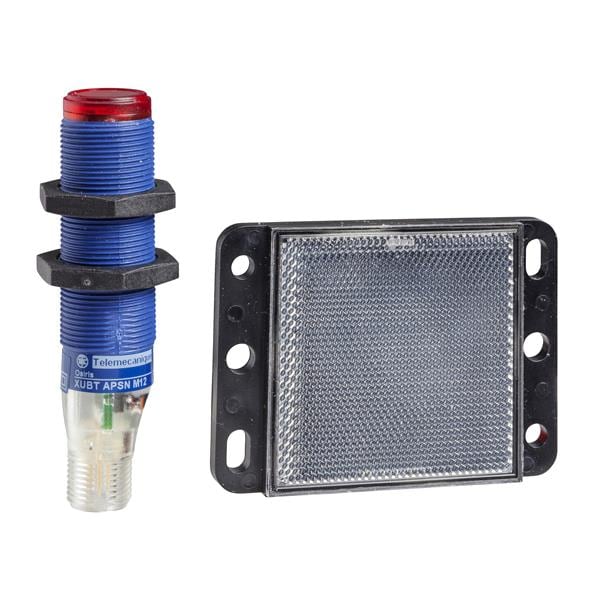
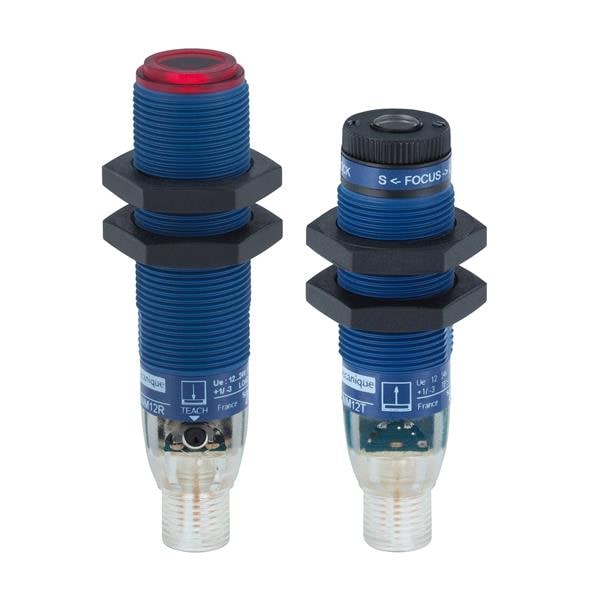
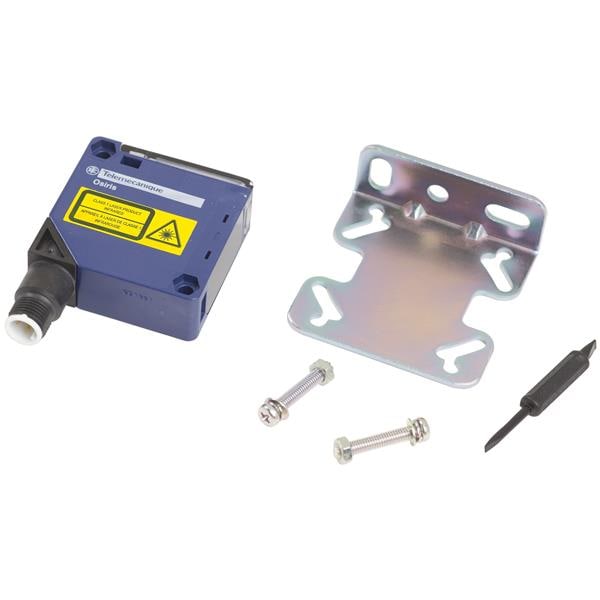
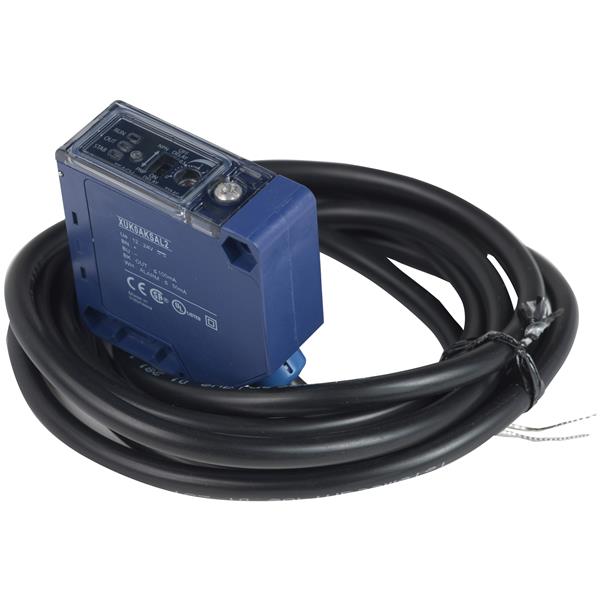
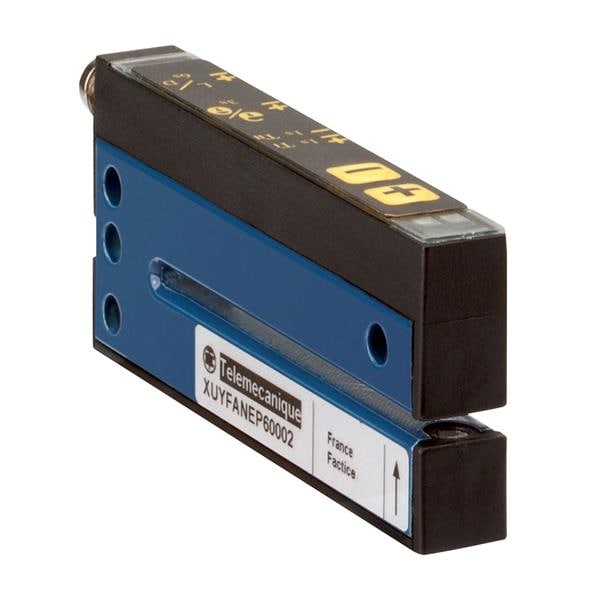
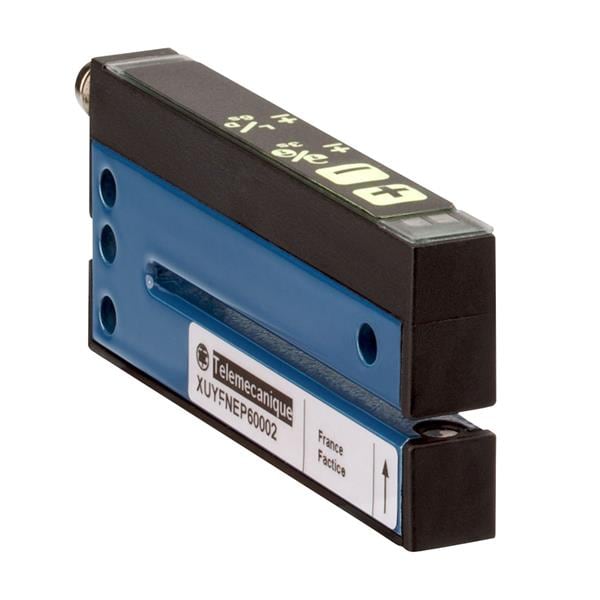
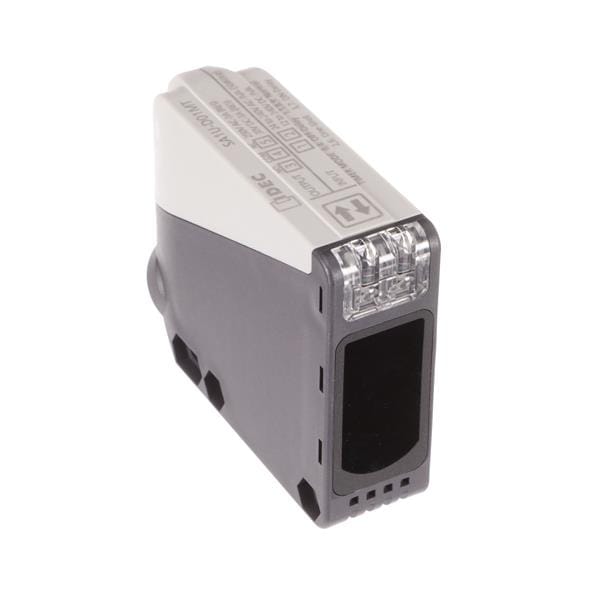
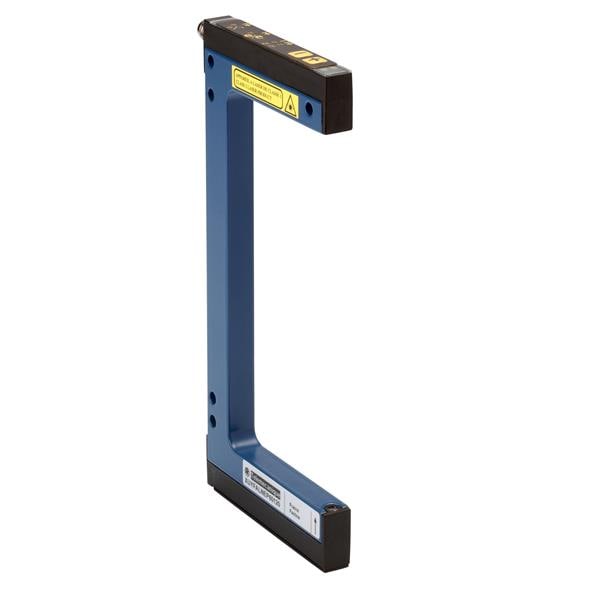
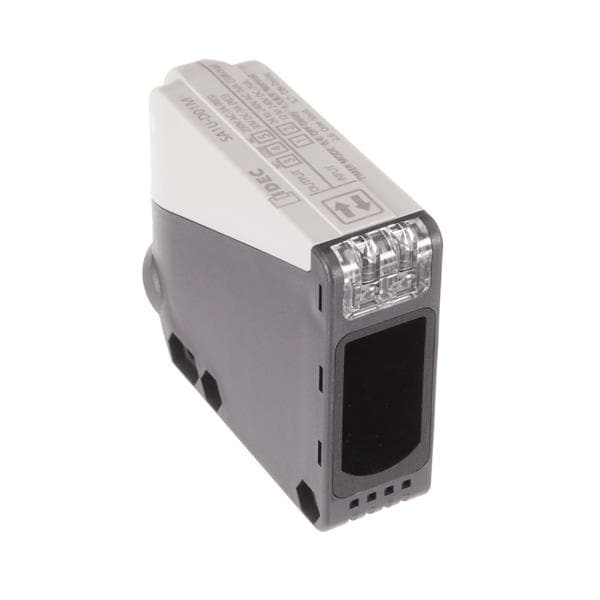
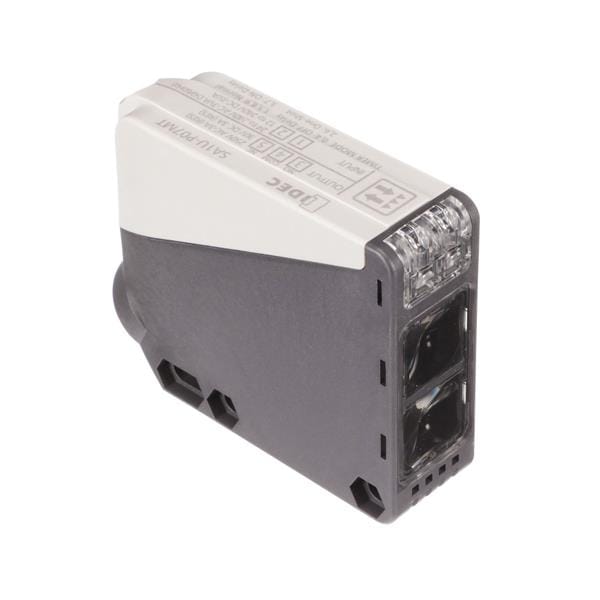
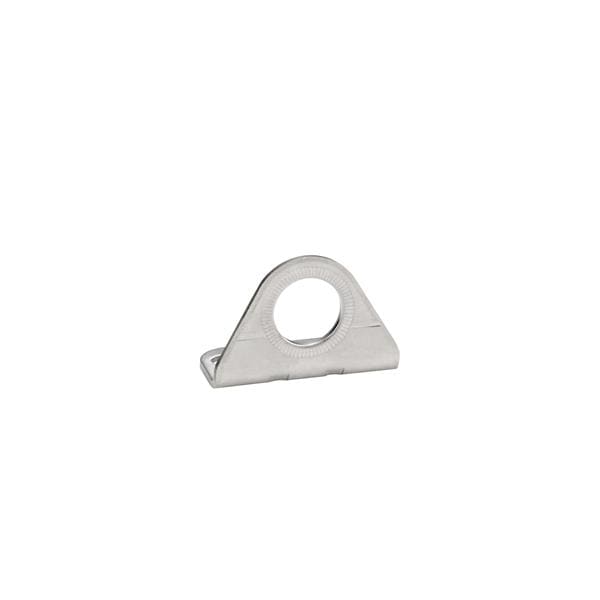
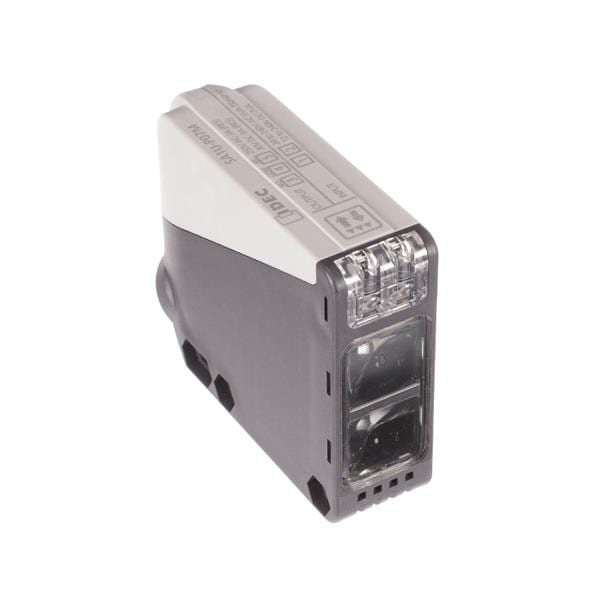
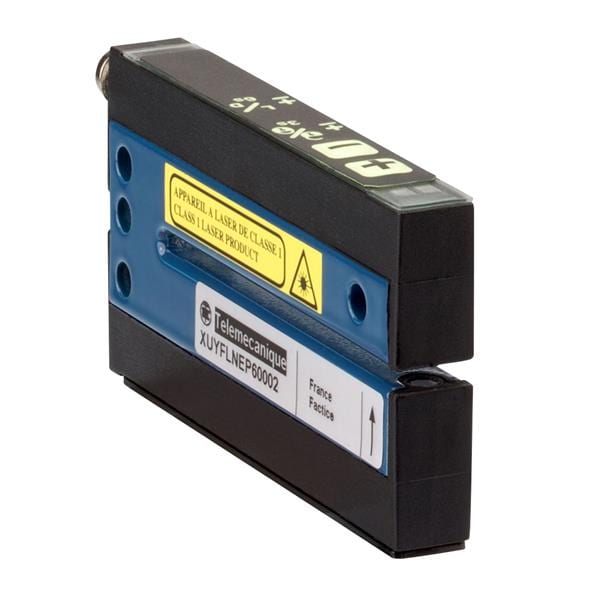
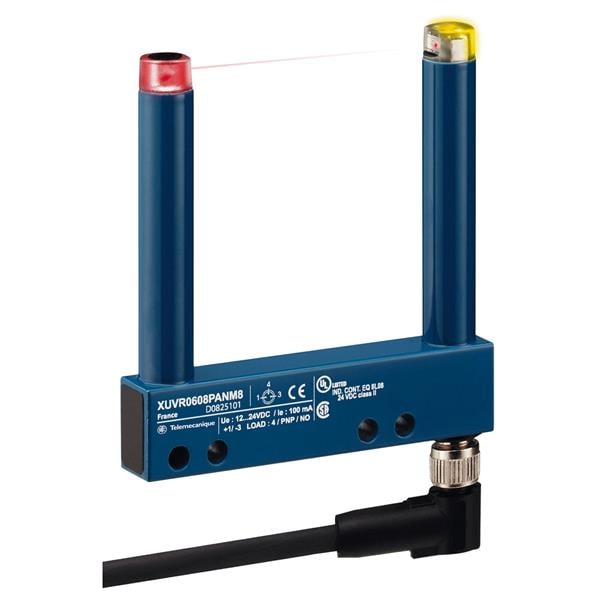
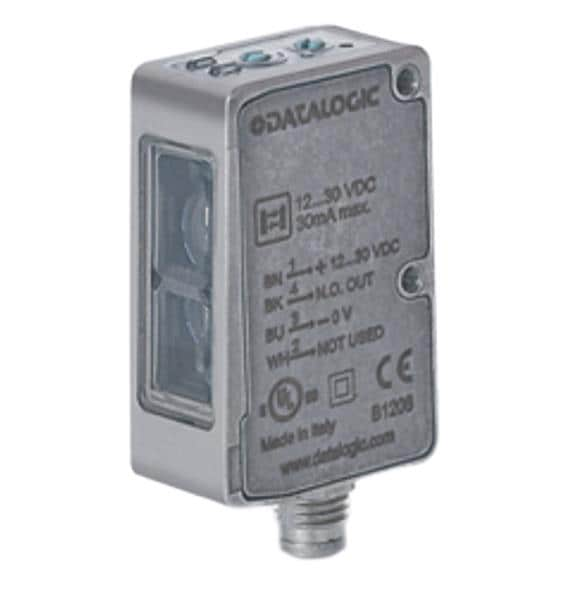
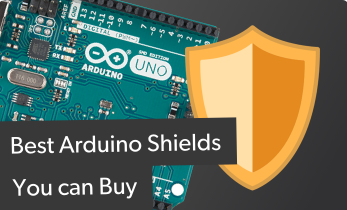
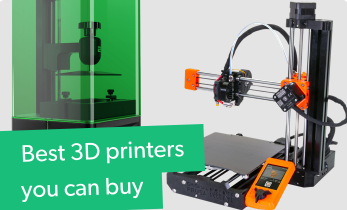

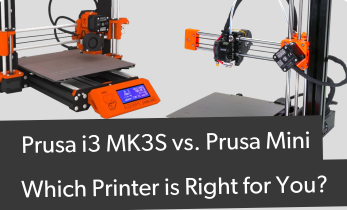
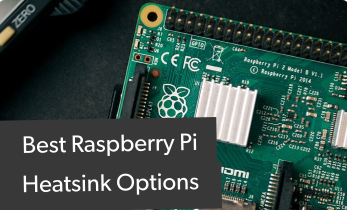

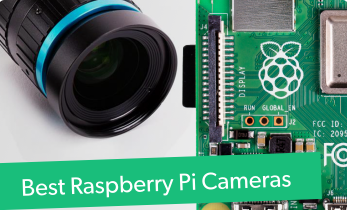
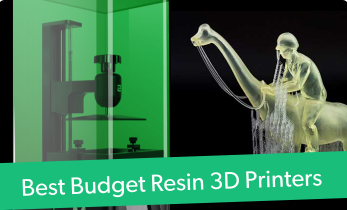

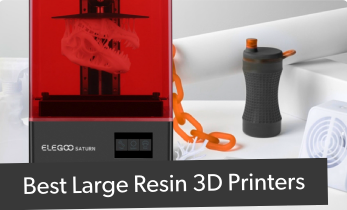
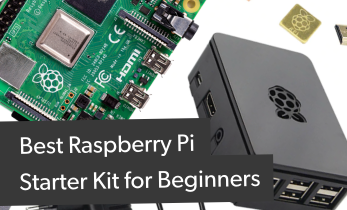
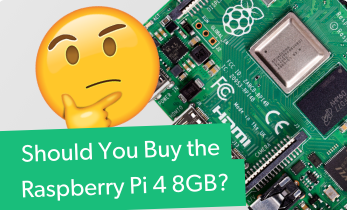


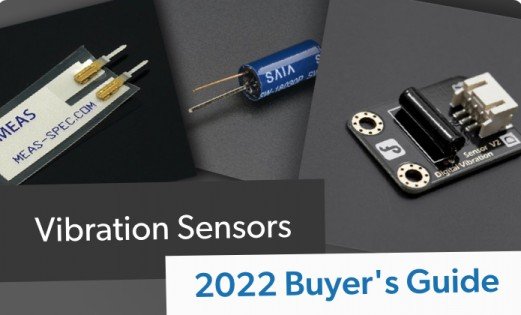

Leave your feedback...